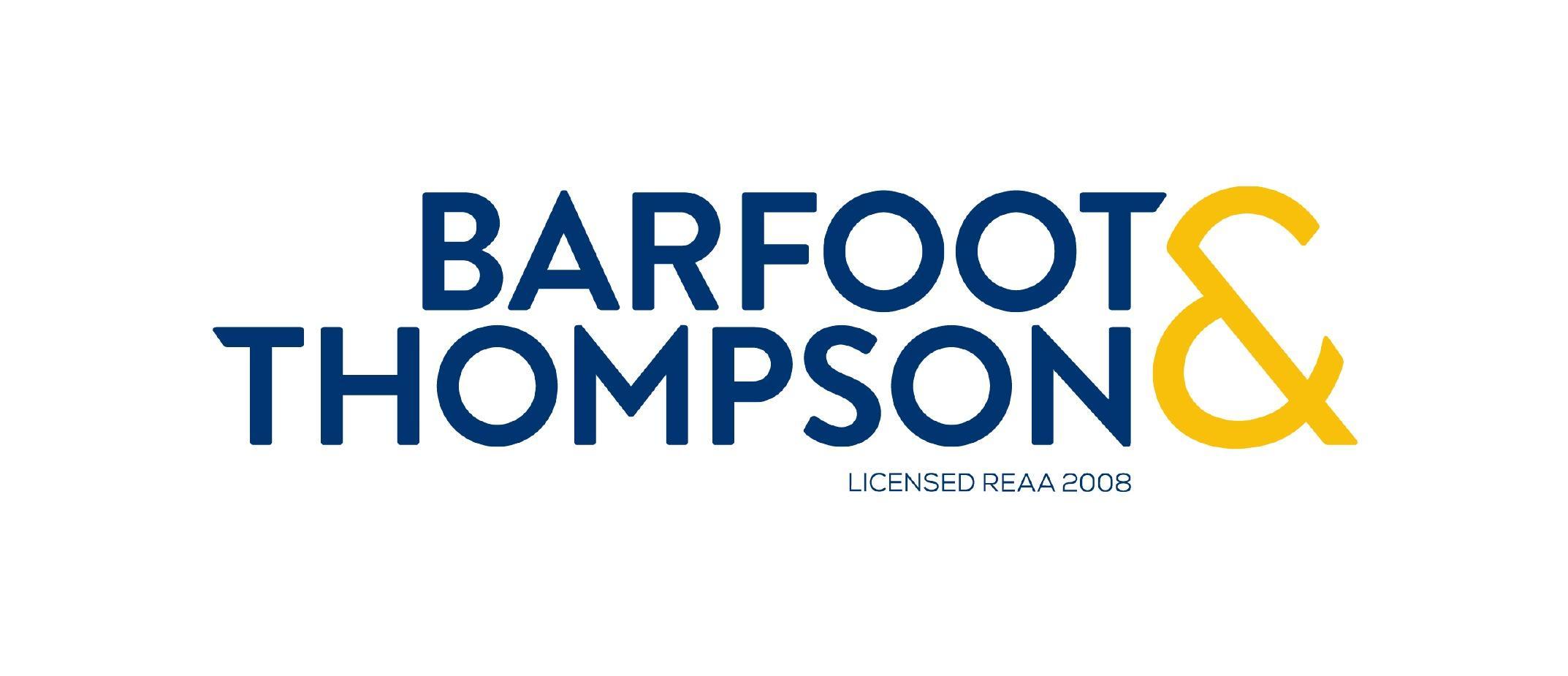Landlords seeking compensation for damages caused by tenants should take care to prove the cause, not just the consequences, of the damage as VNG RENTALS LIMITED vs Xu [2020] NZTT Auckland 4269426 demonstrates.
Facts
- On or about 2 May 2020, the bathroom of the apartment flooded. Water leaked into the adjoining apartment resulting in an approx $4.5K damage.
- In an email to the tenants on 2 May 2020, the landlord’s representative stated, “According to the plumber’s advice, it is highly like tenants’ hair
stopping the drain up, and which has even led to your neighbor unit 903’s carpet gets wet (sic)”. - On or about 5 May 2020, the building manager and contractor attended the site to clean up and repair.
The claim
The landlord applied to the Tribunal for compensation on the basis that the tenant had caused the damage and provided the following to support its claim:
- copy of the invoice from the building manager stating ‘water leakage damage inspection during day off’;
- copy of the invoice from carpet cleaning contractor;
- photographs of the damage; and
- record of aforementioned 2 May email to the tenant
Note the landlord did not provide:
- copy of plumber’s invoice; nor
- plumber’s advice of the likely cause of the flooding (i.e. tenant’s hair)
The law
The adjudicator summaries the tenant’s obligations vis-à-vis damages to the property under ss 40(2)(a), 41 and 49B of the Residential Tenancies Act thus:
A landlord must prove that the damage to the premises occurred during the tenancy and is more than fair wear and tear. If this is established, to avoid liability, the tenant must prove they did not carelessly or intentionally cause or permit the damage. Tenants are liable for the actions of people at the premises with their permission.
Application
The adjudicator considers the ‘[e]vidence as to the cause of the flood is essential to the applicant’s claim’ and is critical of its absence (the landlord
had proved that the flooding occurred but not who/what caused the flooding in the first place). Curiously the inference is that the adjudicator had
not ruled out fair wear and tear as having caused the flooding.
Outcome
Adjudicator Beaumont dismissed the application criticising the landlord’s evidence as falling short of proving the cause of the flood stating ‘[p]roduction
of invoices and photographs are not evidence of the cause of the damage, only of the consequences thereof.’
Take-home for landlords
- Evidence of damage is not the same as evidence of the cause of damage
- It is one thing to prove that the flooding had occurred, it is another to prove what/who caused the flooding.
- Any claims alleging the tenant as having caused the damage should be supported by evidence.
- In this instance, the landlord would have been better served if it had provided pictures of any hair retrieved from the drain and/or report/invoice
from the plumber noting clogged hair as the cause of the flooding.
- In this instance, the landlord would have been better served if it had provided pictures of any hair retrieved from the drain and/or report/invoice
- Hearsay evidence for the cause of the damage (i.e. the email of 2 May) is insufficient. If your contractor ever opines on who/what have likely caused
damage to the property then make sure he puts that opinion down in writing.














Add Comment